Rose Crown Princess Margareta (Crown princess Margareta)
A classic garden cannot do without English roses. It is they who give the atmosphere that reigns in a green corner for relaxation, notes of romanticism and a trail of antiquity dear to the heart. The variety of the beautiful Crown flower of Princess Margaret fits perfectly into such a design.
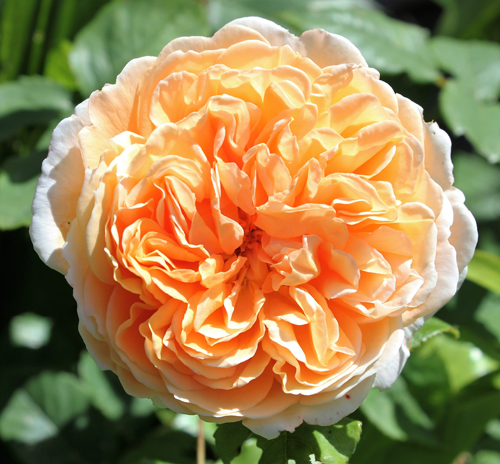
History of origin
The aristocratic culture appeared relatively recently, in 1999, and is the creation of the famous British breeder David Austin. The specialist got this variety by crossing Abraham darby and an unknown seedling. In the catalogs, the plant is listed under the name AUSwinter. Decorative flowering perennial belongs to the group of English leander hybrids. The rose was named after the Swedish Crown Princess Margaret of Connaught, the granddaughter of Queen Victoria, a professional decorator and gardener. Among the fruits of her activity is the Sofiero Summer Palace, located in the city of Helsingborg.
Description of the variety
Crown princess Margareta forms a sprawling shrub with a height of 1.5 to 1.8 meters. Its long, beautifully flowing shoots are covered with semi-glossy green leaves of medium size, in the spring - with an anthocyanin tint. Large, densely double flowers that form on the bush are apricot-orange, cupped or rosette-shaped, while the central part of the inflorescence is darker than the edges. Each rounded bud has an average of 100 petals and a pointed tip. Opening, the flowers stay on the bush for a long time, without crumbling and exuding a rich fruity aroma. They develop in brushes of 3-5 pieces. A rose with a royal name belongs to the re-flowering varieties and pleases the eye with its spectacular inflorescences until the very autumn colds.
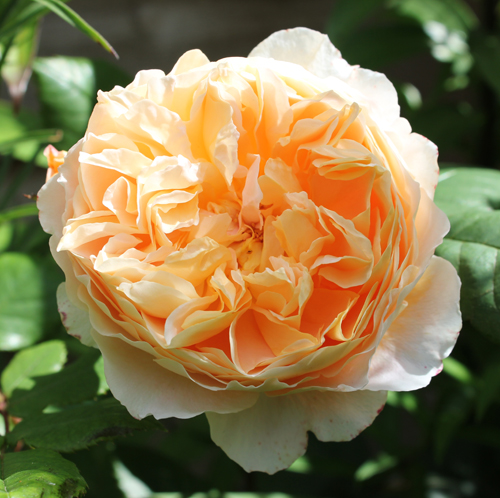
Crown Princess Margaret does not freeze at temperatures of -25-28 ° C, her resistance to diseases is very high. The flowers of the plant are absolutely indifferent to rain, therefore the culture can be grown in regions with cool, damp summers, without fear of deterioration in the quality of flowering of the shrub. But under the influence of direct rays of the sun, flower petals tend to fade, which is why they acquire a pale yellow tint.
Features of agricultural technology
The place to host the culture is chosen taking into account the preferences of the English beauty. Since she does not need a lot of sun, the best option would be to plant a plant in a sector of the site with light shading, especially in the midst of a hot summer day. The soil for growing a flower is light, loose, nutritious, with a pH of 5.6 to 6.5, that is, slightly acidic. If clay soil predominates on your site, it is improved by adding compost, sand, peat. On the contrary, sandy soil is mixed with turf and humus. And in order not to take such additional measures, use loam for planting roses.
Watering the plant is required after the earthen coma dries up a few centimeters. About 15 liters of warm, settled water is poured under the bush. The best time for this event is evening. In the heat after sunset, Crown princess Margareta can be periodically sprayed with water. In the dry season, it is necessary to moisten the soil under the crop up to 4 times a week.
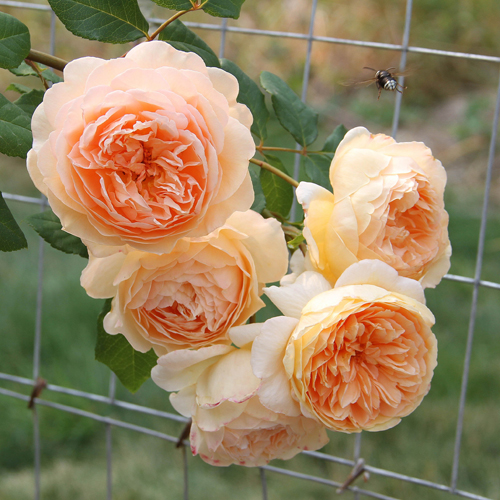
Top dressing is shown to Crown Princess Margaret every two weeks. This event starts with the arrival of spring. First, organic fertilizers are used, and before and after flowering crops - mineral fertilizers. Also, it is imperative to use a mixture of vitamins and minerals. The last mineral feeding should take place in the first half of September.
Do not neglect procedures such as loosening the soil under the rose bush and removing weeds. They are aimed at improving the flow of air and nutrients to the plant's root system. Just proceed carefully to avoid root damage. Particular attention should be paid to pruning perennials. It is carried out in the fall or spring.During this procedure, sick, old and excess branches are removed, leaving only skeletal shoots in the amount of 5-7 pieces - they are shortened by 2/3 of the length. During the summer, faded buds are cut off in a timely manner. For the winter, the culture must be covered. They spud it with sawdust or peat, protecting it from above with spruce branches.
Use cases
The Crown Princess Margaret variety looks great in single plantings. The main thing here is to observe an important condition: to plant a bush on a small hill in order to give its shoots the opportunity to fall like a flowering waterfall. It is not forbidden to establish a support nearby and tie branches, however, using this approach does not allow showing the observer an English rose in all its glory.
The plant is suitable for decorating a mixborder. In this case, it is advisable to place the Crown princess Margareta in the background of the flower beds. The hybrid is also included in woody-floral garden compositions. The British aristocrat looks especially harmonious in combination with perennials and perennials, whose inflorescences are blue, blue, lilac or purple in color. Delphinium, geranium, sage, salvia, lavender, cuff, foxglove are asking for the role of a companion of a bright beauty.
When using gentle pruning, the crop is suitable for growing as a climbing rose. In addition, the plant can be cultivated as a standard tree. It is appropriate to plant it in a container as well. The cut flowers of the Crown Princess Margaret stand for a long time in a vase of water.
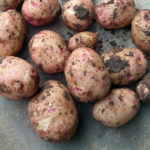



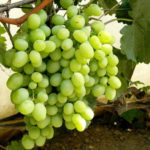
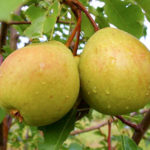



The variety is really very bright. In my flower garden, this rose has been growing for several years and every time it blooms, I can’t stop looking at it. Unfortunately, although it is said here that it blooms again, for some reason mine throws out the buds only once. I don’t know, maybe there is a shortage of fertilizers, maybe the climate is not suitable or the soil. Indeed, judging from the article, this "lady" loves to be courted. This season I will try to pay more attention to it. Can reward with repeated flowering.
The bush of my beauty is really very spreading and tolerates the winter cold well. Each summer, new shoots grow, which bloom profusely the next year. But I delete the old ones so that the plant stays young as long as possible. By the way, cuttings root well (for this I pluck branches with already withered flowers).